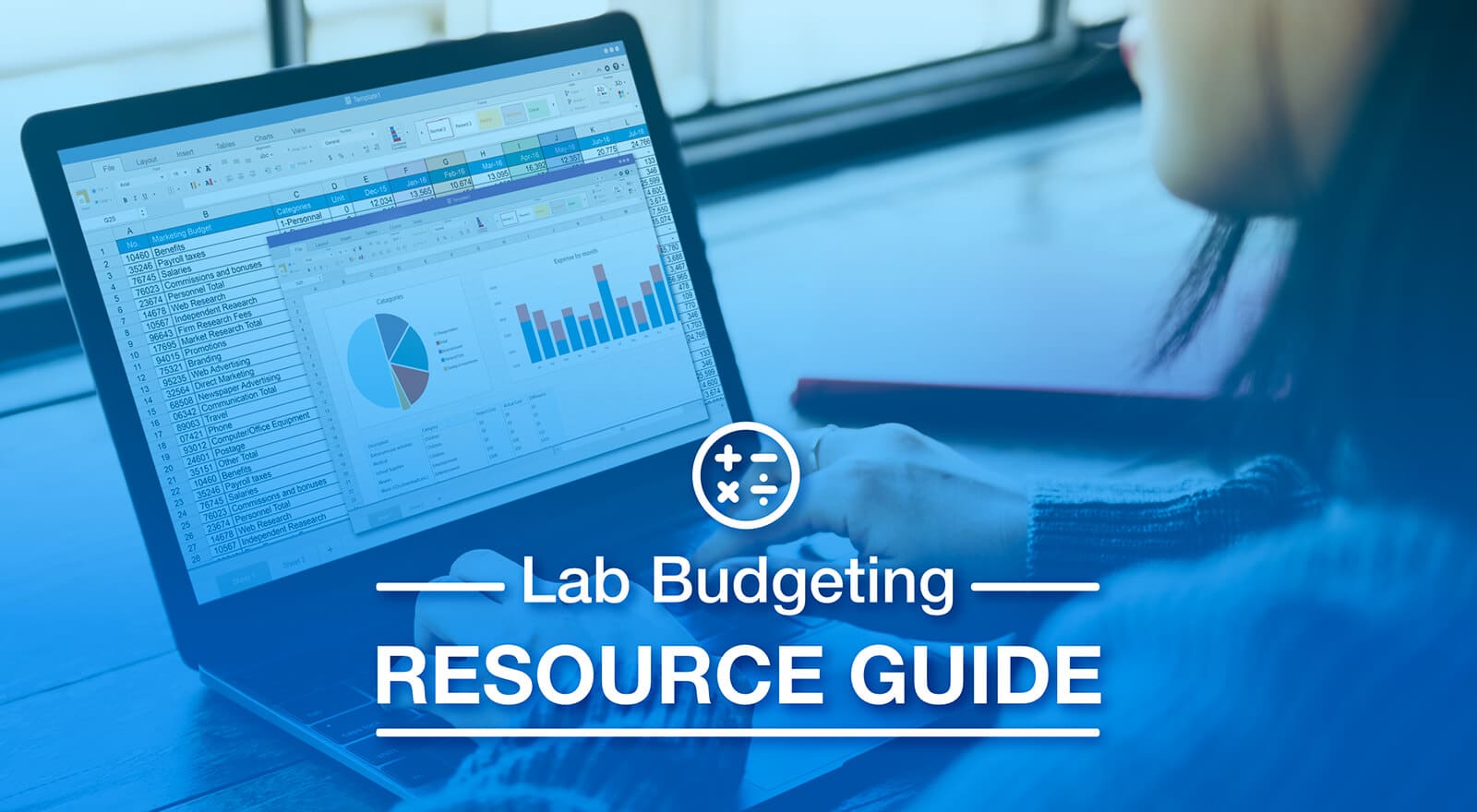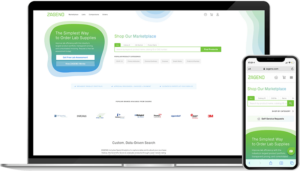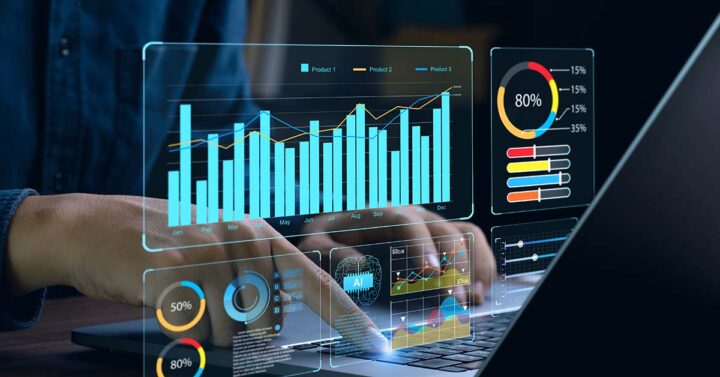Lab Budgeting Resource Guide for Finance & Procurement

Budgeting is an important skill that isn’t usually a major part of science academia. While building and managing budgets comes naturally to finance and procurement folks, preparing and sticking to a lab budget is not everyone’s cup of tea.
Overspending early in the year might force you to cut back later in the year and have to compromise on lab equipment/supply quality to make ends meet. Underspending might result in a loss of surplus funds. However, with the right tools, you can help the lab create and stick to reasonable budgets, increase lab efficiency, and secure the materials and equipment needed to hit research milestones.
Here at ZAGENO, our goal is to help scientists spend less time procuring products and more time on the bench. Read on for a collection of best practices and tools for finance and procurement to help the lab accurately and cost-effectively create and manage a budget.

Lab Supply Budgeting Resources
Here are links to four budgetary tools to help you and the lab stay on track and organized.
Lab Relocation Cost Guide
Lab relocations can be one of the bigger expenses a lab incurs. Here’s how to plan and budget for a lab move.
Spend Control Checklist for Biotech Labs
This checklist will help labs that may be over budget for several quarters in a row to analyze where they may be spending money on manual or inefficient processes.
Tips for Lab Finance Teams to Improve Productivity Using an Online Marketplace
With so much technology available to support lab operations, lab supply ordering doesn’t need to be a manual, painful process that is both a time and money suck. Here’s our guide to improving lab productivity using an online marketplace for lab supplies.
Spend Visibility in Labs (for CFOs)
Sometimes, budgets get out of control simply because they’re not being looked at the right way by the right people. Here’s how to look at spend data in a way that improves visibility and highlights certain spending patterns and purchases.

5 Considerations When Creating a Proposed Lab Budget
1. Start with the science, then plan the budget.
Most researchers first map out their ideal resources without considering cost. This mindset focuses on choosing the best products and equipment for your research in a world where cost isn’t a factor.
After that, help the lab calculate the budget based on the expected expenses. Then, work together to make the budget more realistic and cost effective by identifying alternatives or ways to be more efficient, like renting equipment instead of purchasing.
2. Remember inflation.
Over time, the value of money decreases and costs rise. Always remember to identify the inflation rate and roughly incorporate it into the budget. This way, when the prices for lab supplies, personnel, or equipment increase with inflation, your budget will be able to cover them.
3. Safety first.
Safety hazards and accidents are common in laboratories. It’s wise to allocate a portion of the budget to accidental damages to countertops, equipment, and supplies from research-related mishaps so there’s enough money to cover all costs.
4. Consider staff and equipment.
While drawing up a budget, new hires and the equipment they’ll need are often left unaccounted. While it is difficult to predict these charges, a rough estimate needs to be included in the budget for smooth functioning. Get a fair understanding of the new people and equipment you might need for the lab and include an estimated cost in the proposal.
Lab training includes many different safety and operations courses and may be more extensive than expected. Review typical lab training here to consider how it will factor into your onboarding budget.
5. Include miscellaneous lab costs.
Budgets often fail because miscellaneous charges are not considered. These charges include maintenance or repair work and are sudden and important and can quickly eat up your budget. The best practice is to add 5% to your overall budget to cover unforeseen miscellaneous expenses.
You can learn more about managing miscellaneous budgets here.

3 Tips for Controlling Spend
1. Use competitive bidding when procuring large expenditures.
When procuring new equipment or machinery, the best approach is to competitively bid out the item and request quotes from at least three different suppliers. After a careful comparison, you will be able to choose the quote most relevant to your needs and suitable to your budget.
Here’s a guide to negotiating and reviewing expensive lab equipment.
2. Monitor expenses on a monthly, quarterly, and annual basis.
It’s not glamorous, but the only way to manage spend is to keep an eye on it. Review incurred expenses monthly against expected year-to-date spend along with your lab managers or lab team. If month-to-date spend was higher than expected, identify areas where you might be able to underspend going forward in a collaborative way. Suppose your lab team made an unforeseen purchase in September because a project’s materials were on backorder. You can compensate for it by slightly decreasing spend in October-November and renting a piece of equipment rather than buying new.
3. Automate your processes using management software.
The best way to manage budgets is through automation. Management and financial software can collate all your data and store it in one place for ease of access. These tools help you keep track of your expenses and manage them well.
Here are some budgeting apps and tools.
• • •
Starting with these simple steps will help you draw up a realistic budget, monitor spend, and become a leaner operation overall. While there may be times when all doesn’t go as planned and there are unforeseen expenses, these tips are a good starting place to plan ahead and be ready for the unexpected as you grow and scale.


